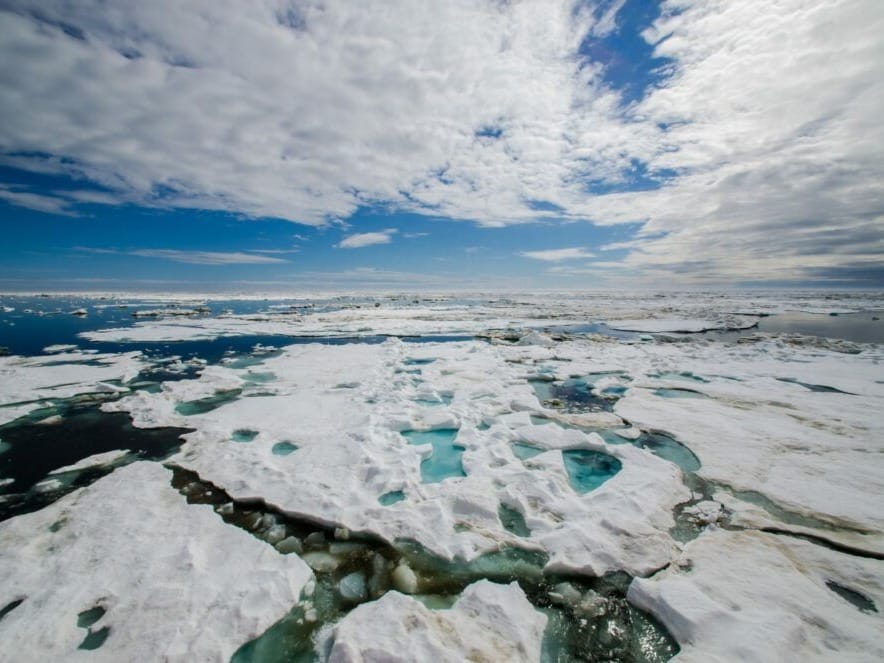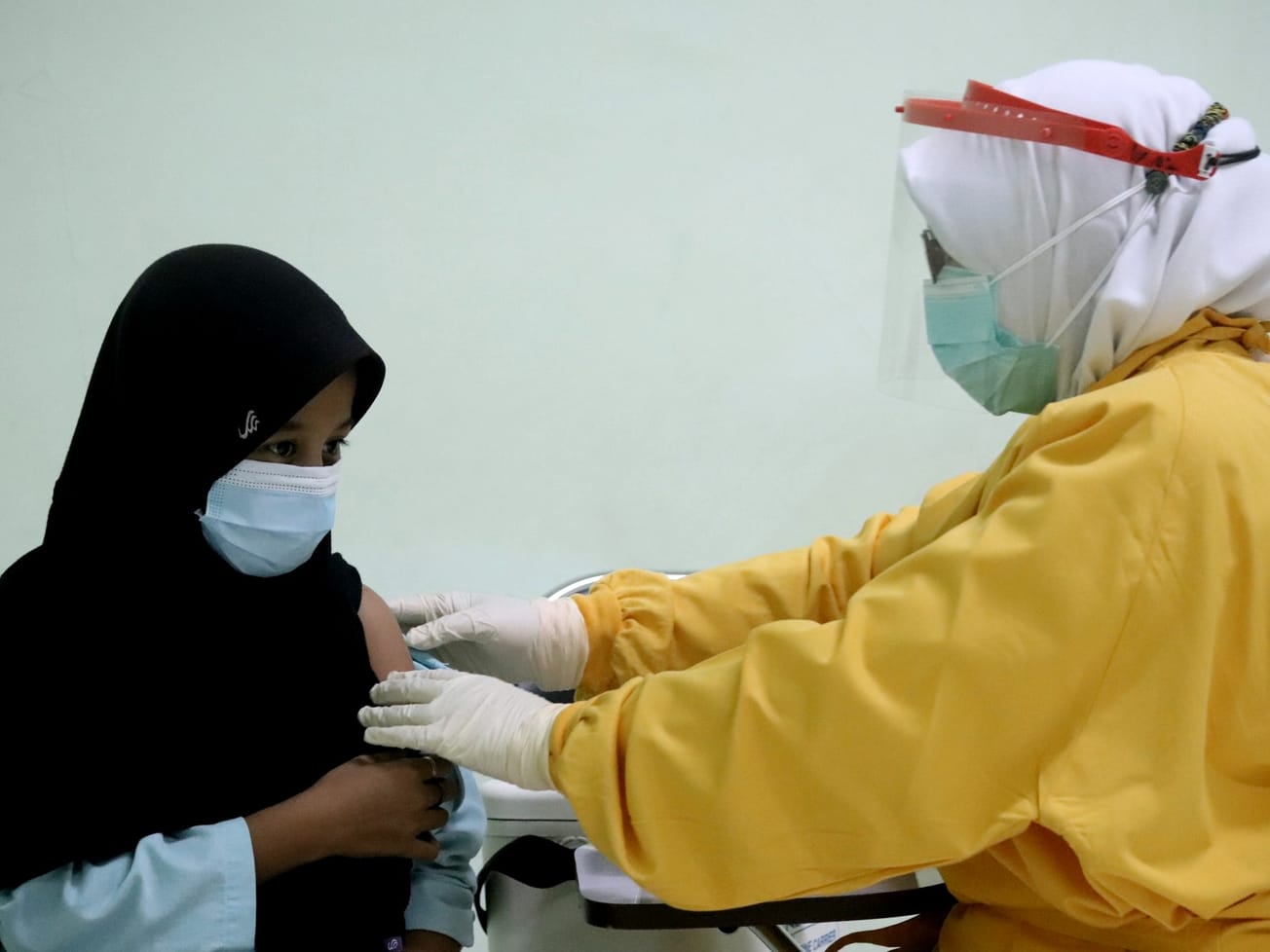Nine nations and the European Union signed a legally binding accord to delay widespread Arctic commercial fishing in an area larger than the Mediterranean Sea for at least 16 years, so scientists can first study how it might affect marine life.
Concerns about climate change's rapid rate of advance in the far north drove three years of negotiations over how to manage and conserve 2.8 million square kilometers of international waters in the central Arctic Ocean.







